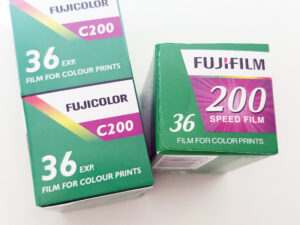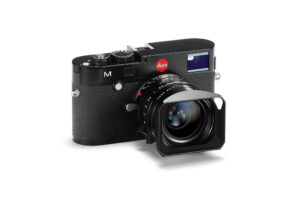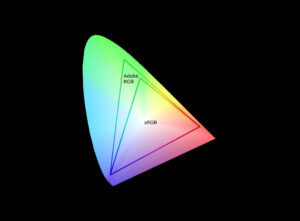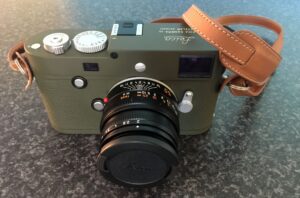Leica M Rangefinders
The original Mirrorless system
I got into Leica because I was frustrated with the way other camera manufacturers were changing their systems so often. I saw the change from DSLR to Mirrorless happening, and decided I didn’t want to re buy all my lenses again. Sure you can use adapters but who really wants to do that? So I changed to Leica, because their excellent lens system hasn’t changed since the 1950s.
Leica cameras are tough. No doubt about it. And the lenses are strong too. There is nothing that can go wrong with a Leica lens. No electronics. No stabilised elements that can get stuck at a bad angle.
The Leica M forces you to become a better photographer. It is so simple yet versatile. The best part of using a Leica is the frame-line system. I can frame up, and reframe and still see what is in and out of my picture. No other viewfinder system does that. Gives me so much versatility.
Leica M Lenses
Leica lenses have a certain look to them. I truly believe they are the sharpest around, but it is also the natural, but strangely surreal look they have. They are simply the best when it comes to handing natural light.
It doesn’t matter how much technology that other camera manufacturers have: They will never be able to beat Leica. Because with a Leica photograph, there is something uniquely real about it. Something human. Because it is 100% over to the human photographer to setup the camera and take the image. No assists. Full manual exposure, and focus there.
So the rumors were right, and it isn’t speculation. There’s a new contender in the world of black-and-white film, and it’s wearing a red dot. Leica MONOPAN 50, the legendary camera maker’s first proprietary 35mm film stock, is not just a nostalgic throwback, it’s a modern marvel. With ultra-fine grain,...
It is November 2017. The maximum resolution that you can get on a Leica Rangefinder currently is 24 Megapixels. I actually get asked a lot, why hasn’t Leica gone beyond 24 Megapixels in the full frame digital cameras? It is a good one. There are, in my view 2 types...
In my view, the 35mm Summicron is the sharpest lens made by Leica. Hands down. I’ve made some samples available in full resolution to show off the power of this lens. It is a classic. Particularly for street photography. In classic Leica M style, it has a focusing tab, is...
So I was lucky enough to try out the Leica M10! I only had it in my hands for about 10 minutes at the Adelaide Central Market, but it was enough to grab some similar shots to those I had previously got on the M240. Here are the high res...
The Leica 28mm F2.8 Elmarit is not one of the most expensive (Leica) lenses, but sure is one of the best performing at the wide end. Its Aspherical! As with a lot of my gear reviews, the photo samples in this are available in full res to check out. A...
There are two versions of the Leica 50mm F2 Summicron. The non APO, or the amazing uber expensive APO. Both are F2. The APO is, by accounts, way sharper, but this review is about my non APO version (which is still bloody amazing). All the images in this review are available in...
I’m comparing what are two if the best cameras by two of the best manufactures with what is regarded as some of their best lenses as far as sharpness goes. I was inspired to run this test myself after reading up on Ken Rockwell’s similar test here. Me personally, I...











































































